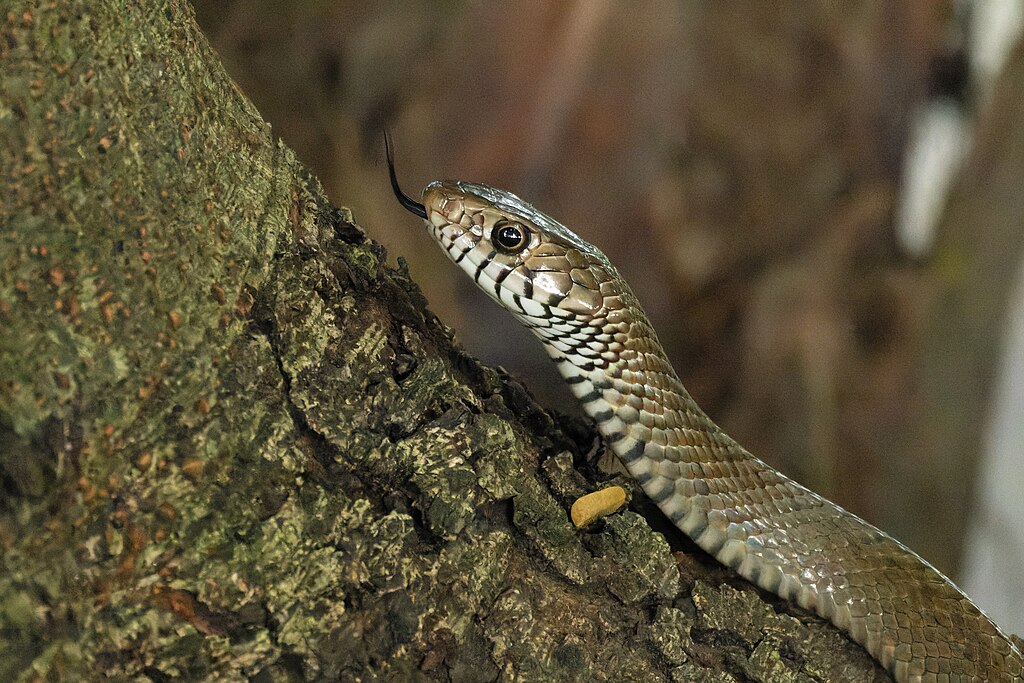Understanding snake body language is an essential skill for both reptile enthusiasts and casual observers. Unlike mammals with their expressive faces and vocalizations, snakes communicate primarily through subtle body positioning and movements. Being able to recognize when a snake is relaxed versus stressed or defensive can enhance your interaction with these fascinating creatures and potentially prevent misunderstandings that could lead to stress for the snake or even a bite. In this comprehensive guide, we’ll explore the various signs that indicate a snake is feeling comfortable and at ease in its environment.
The Importance of Reading Snake Body Language
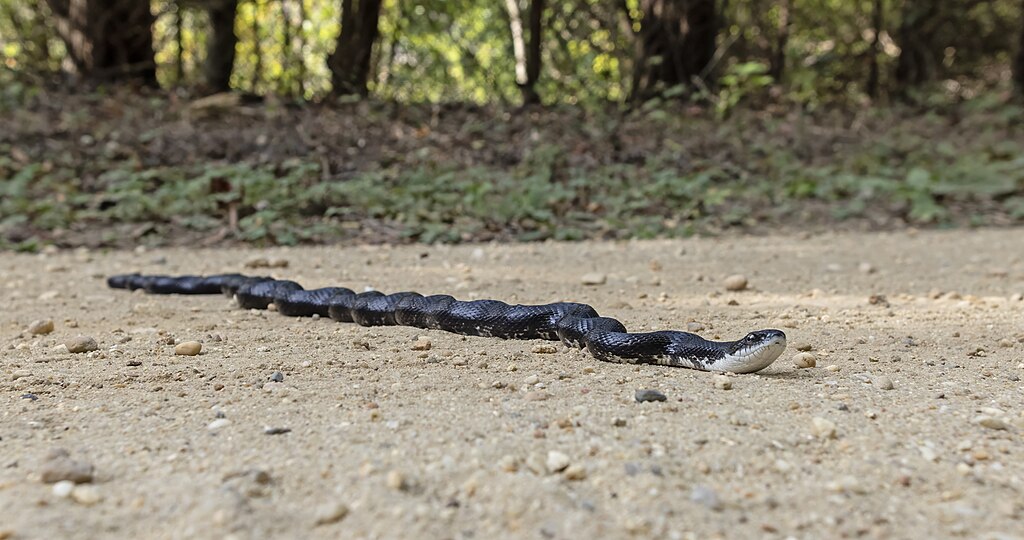
Interpreting a snake’s body language correctly requires patience, observation, and knowledge of species-specific behaviors. Unlike mammals that display their emotions through facial expressions, snakes rely on more subtle physical cues to communicate their emotional state. Understanding these cues is crucial for snake owners, handlers, and anyone who might encounter these reptiles in the wild. When you can accurately read these signals, you can respond appropriately to the snake’s needs, reducing stress for both you and the animal. Additionally, recognizing relaxed body language helps build trust between you and your pet snake, creating a foundation for positive interactions and handling sessions that benefit both parties.
Loose, Flowing Body Posture
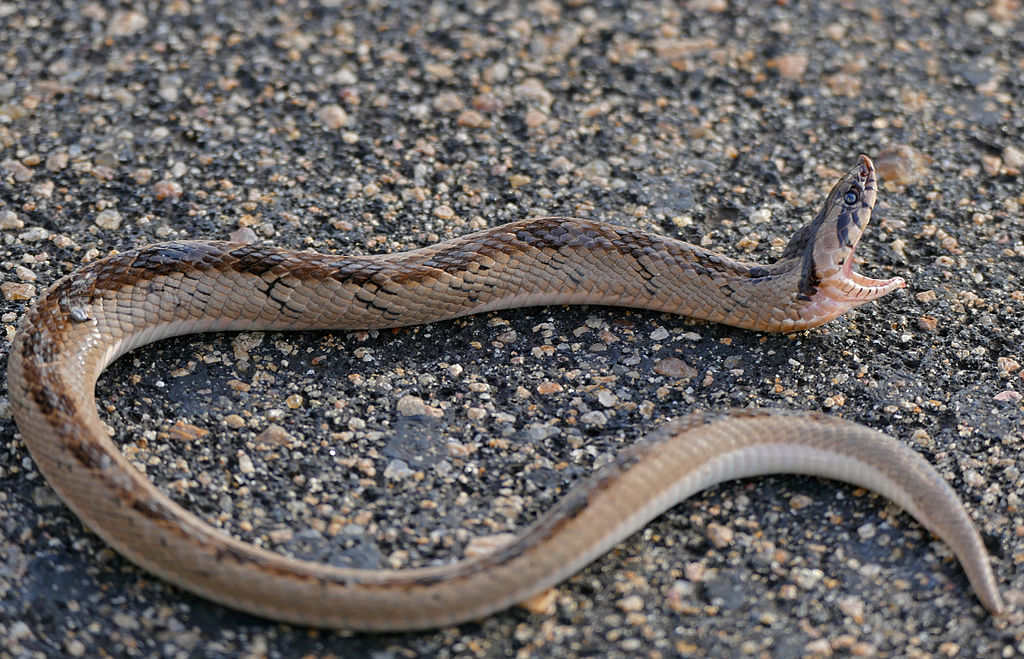
One of the most reliable indicators of a relaxed snake is a loose, flowing body posture. When content, a snake’s muscles will appear visibly relaxed rather than tense or rigid. The body will follow natural curves and contours of the surface it’s resting on, without forming tight, defensive coils. You might notice the snake’s body forming gentle, S-shaped curves rather than sharp angles or compressed loops. This relaxed posture allows the snake to move efficiently if needed while conserving energy during periods of rest. If you observe your snake lounging in loose, casual curves across its enclosure or during handling, it’s likely feeling secure and comfortable in its environment.
Slow, Deliberate Movements
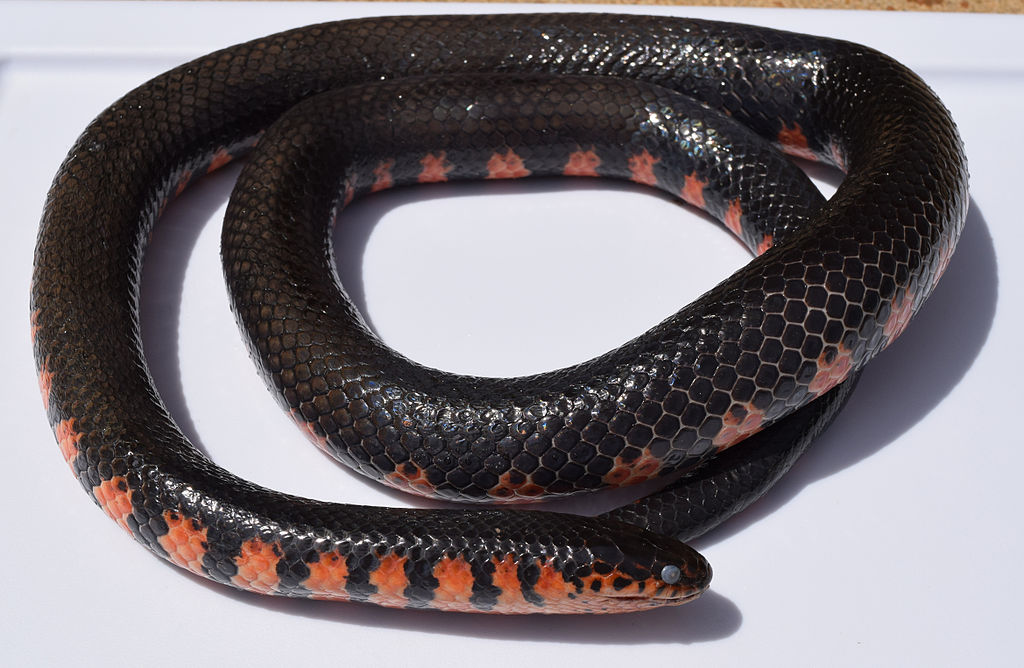
A relaxed snake typically moves in a slow, deliberate manner rather than making quick, jerky movements. These unhurried movements indicate the snake doesn’t perceive any immediate threats in its environment. You might observe your snake gently exploring its surroundings, moving its head steadily to investigate interesting scents or objects. This measured pace contrasts sharply with the rapid, erratic movements displayed when a snake feels threatened or stressed. Calm, methodical tongue flicking is another sign of a relaxed snake – this behavior indicates normal information gathering rather than intense threat assessment. When handling a snake, these steady movements suggest the reptile is comfortable with human interaction and not planning a hasty retreat or defensive strike.
Relaxed Muscle Tone
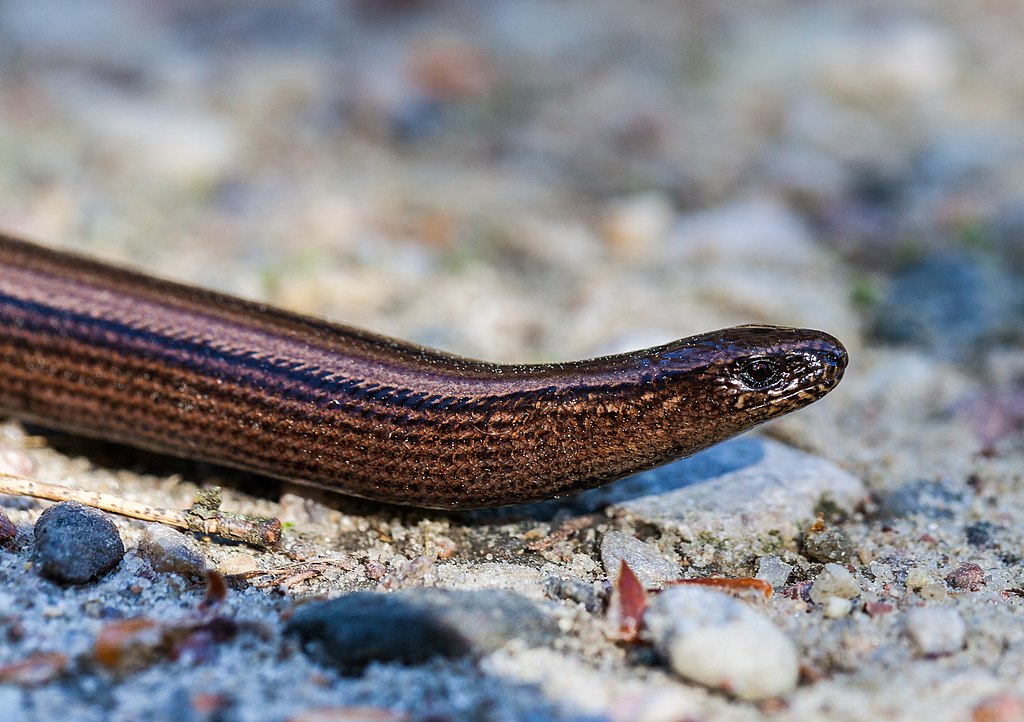
Muscle tone is a subtle but important indicator of a snake’s emotional state. A relaxed snake will have noticeably looser muscles compared to a tense or defensive one. When you handle a calm snake, you’ll feel a gentle but secure grip rather than a tight squeeze or complete limpness. The snake’s body will feel substantial but pliable in your hands, conforming somewhat to your grip while still maintaining enough tone to support itself. With experience, you’ll develop a tactile sense for the difference between healthy relaxed muscle tone and concerning limpness that might indicate illness. For larger species like pythons or boas, this relaxed state makes handling much more comfortable for both the snake and the handler, as neither is fighting against the other’s movements.
Normal Breathing Patterns
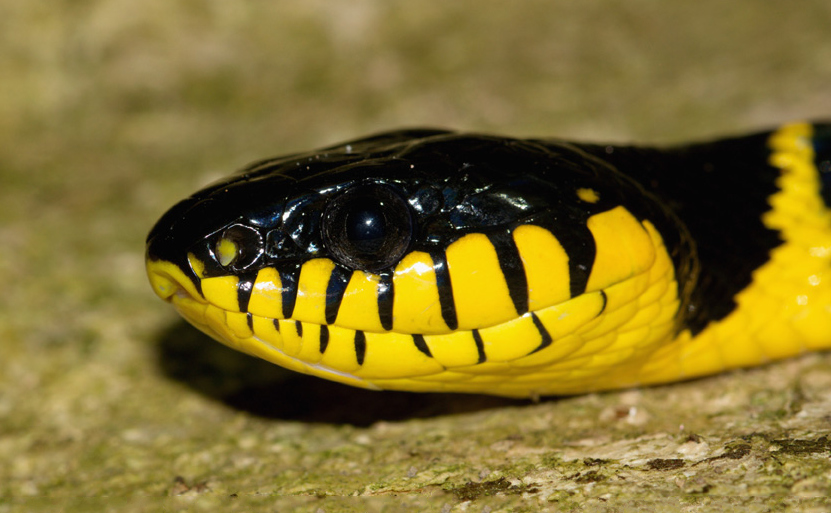
Observing a snake’s breathing pattern provides valuable insight into its stress level. A relaxed snake exhibits smooth, regular breathing movements that are barely noticeable to the casual observer. You’ll need to watch carefully to see the subtle expansion and contraction of the snake’s body as it breathes. This contrasts significantly with the pronounced, rapid breathing of a stressed snake, which might appear as visible heaving or panting. During handling, maintaining this calm breathing pattern indicates your snake remains comfortable despite being moved from its enclosure. Some owners become concerned when they can’t easily detect their snake’s breathing, but this subtlety is actually characteristic of a relaxed state – dramatic breathing movements typically signal distress rather than contentment.
Comfortable Resting Positions

A relaxed snake adopts specific resting positions that indicate it feels secure in its environment. Many species will stretch out partially when completely at ease, perhaps with their body draped over a branch or across a warm basking spot. Ball pythons, known for their defensive balling behavior when stressed, will often rest in loose, open coils when relaxed. Arboreal species might drape themselves across branches in casual loops rather than tightly gripping perches. Some snakes may even rest with their head exposed rather than tucked away, showing they feel no need to protect this vulnerable body part. These comfortable positions allow for better thermoregulation and quicker response to environmental changes while signaling to observant owners that their reptile companion feels safe and secure.
Calm Head Position
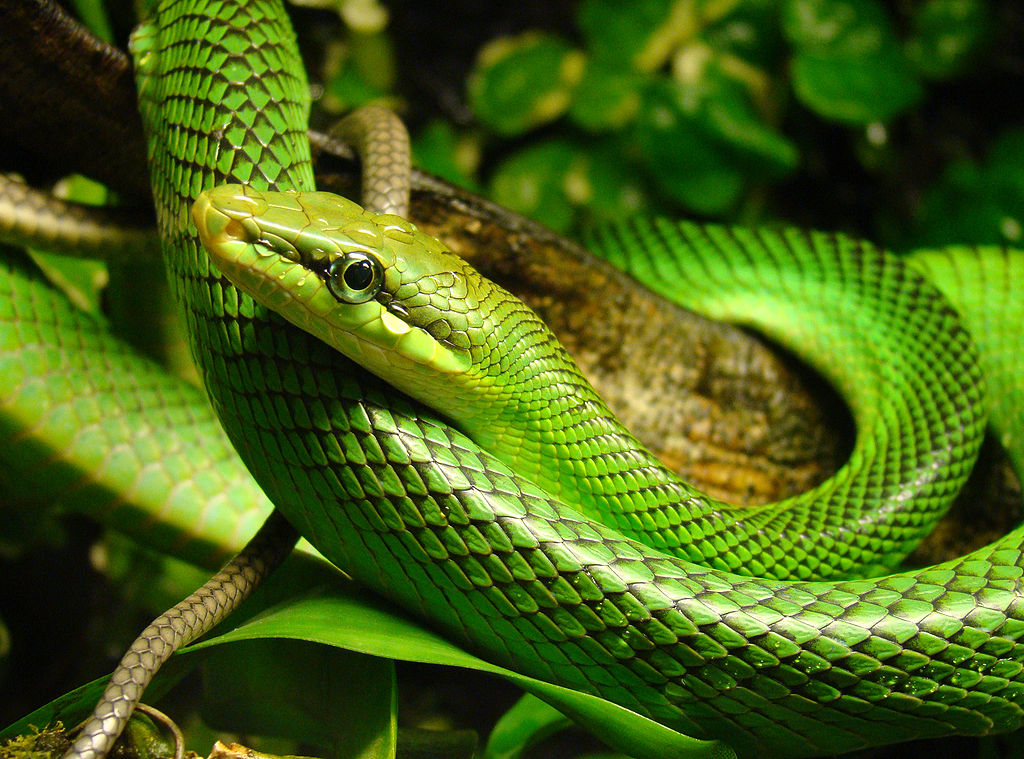
The positioning of a snake’s head offers clear insights into its emotional state. A relaxed snake typically holds its head in a neutral or slightly raised position, neither flattened defensively nor pulled back in a striking pose. The head movements will be smooth and deliberate, often with gentle, curious investigations of its surroundings. You’ll notice the snake’s neck isn’t tensed or forming the characteristic “S” shape that precedes a defensive strike. Instead, the transition from head to body appears fluid and natural. This calm head carriage is particularly noteworthy in species known for defensive displays, such as cobras or hognose snakes, as these species dramatically alter their head position when feeling threatened.
Regular Tongue Flicking
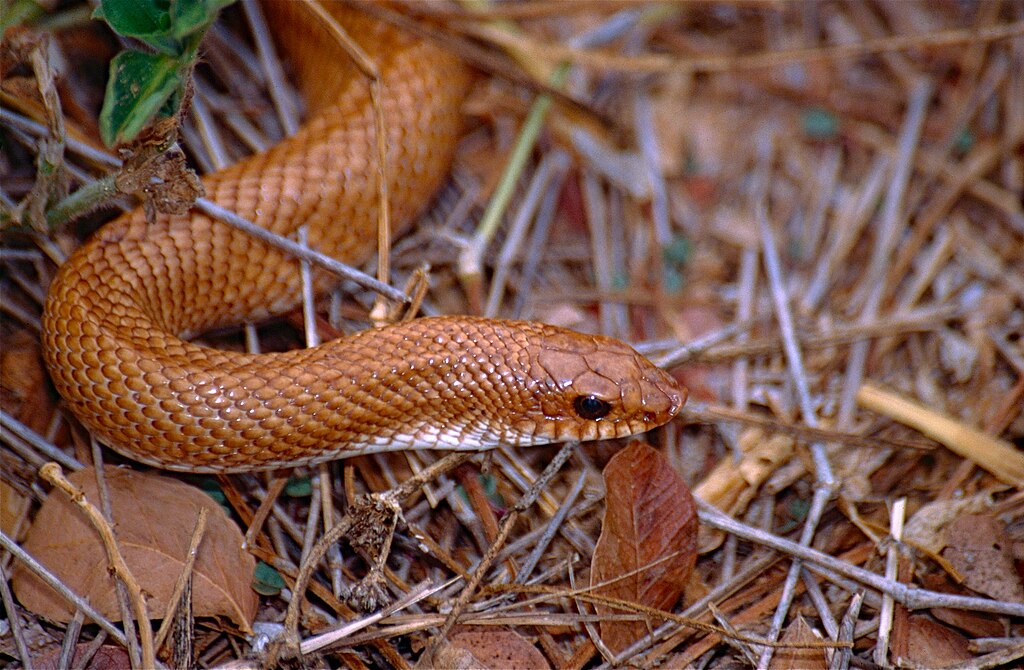
Tongue flicking is a snake’s primary way of gathering information about its environment, and the pattern of this behavior can reveal much about its emotional state. A relaxed snake engages in regular, rhythmic tongue flicking that appears unhurried and methodical. This behavior indicates normal curiosity and environmental sampling rather than intense threat assessment. You’ll observe the tongue extending smoothly, gathering scent particles before retracting into the mouth. The pace of these tongue flicks increases when the snake encounters something new or interesting but maintains a steady rhythm without frantic darting. During handling, continued regular tongue flicking suggests your snake remains calm and is simply processing the scents and sensations of being held rather than experiencing stress or fear.
Absence of Defensive Postures

One of the clearest indicators of a relaxed snake is the absence of species-specific defensive postures. Different snake species have evolved distinct defensive behaviors, and the lack of these displays strongly suggests comfort and security. For instance, a relaxed rattlesnake won’t vibrate its tail, a cobra won’t spread its hood, and a hognose snake won’t flatten its neck or play dead. Ball pythons won’t form tight defensive balls, and rat snakes won’t vibrate their tails against surfaces to mimic rattlesnakes. Even more subtle defensive postures, like slight body raising or head elevation, will be absent in a truly relaxed snake. This negative evidence – the absence of defensive behavior – often provides the most reliable confirmation that your snake feels comfortable in its current situation.
Willingness to Explore

A relaxed snake typically displays a calm curiosity about its environment rather than fearful retreat or aggressive defensiveness. When feeling secure, many snakes will willingly explore new environments, moving forward with gentle purpose rather than darting for cover. This exploratory behavior indicates the snake perceives its surroundings as non-threatening and worth investigating. During handling, a relaxed snake might cruise along your arms or shoulders, tongue-flicking to gather information rather than frantically searching for escape routes. This willingness to explore is particularly evident during enrichment activities, where a content snake will interact with new objects or terrain features in its enclosure. The confidence to venture into open areas rather than remaining hidden suggests a fundamental comfort with its surroundings.
Normal Feeding Responses
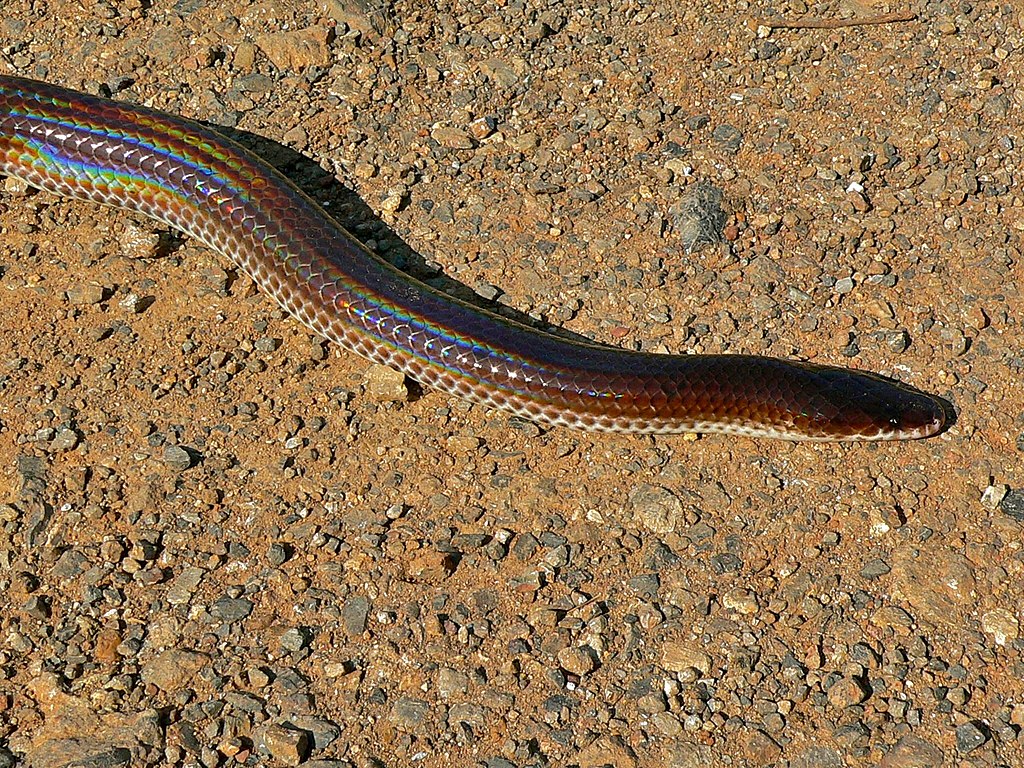
A snake’s approach to food provides valuable insights into its overall comfort level. Relaxed snakes typically demonstrate normal, species-appropriate feeding responses when prey is offered. A comfortable snake will strike confidently at food items, constrict if it’s a constricting species, and swallow without interruption or defensive behavior between stages of feeding. You’ll notice that a relaxed snake often returns to normal behavior relatively quickly after feeding, perhaps finding a secure spot to digest but not displaying prolonged defensive posturing. In contrast, stressed snakes might refuse food entirely, strike halfheartedly, or abandon partly-consumed prey if they feel too vulnerable during the feeding process. This willingness to engage in normal feeding behavior represents one of the most fundamental expressions of security in a snake’s body language repertoire.
Appropriate Temperature-Seeking Behavior
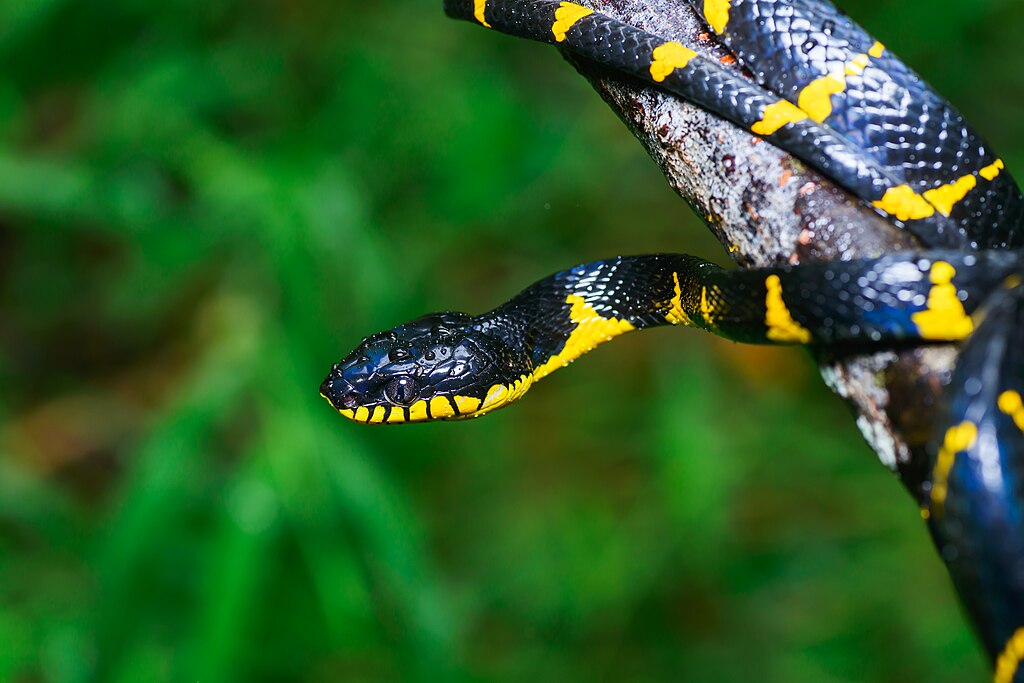
A relaxed snake engages in normal thermoregulation behaviors, moving between warmer and cooler areas of its enclosure as needed without showing signs of stress. You’ll observe the snake calmly basking when it needs warmth and retreating to cooler areas when it’s achieved optimal temperature. This movement between temperature zones occurs without frantic rushing or displaying defensive postures. A comfortable snake might stretch out fully while basking to maximize heat absorption, showing it feels secure enough to expose its full body length. These natural thermoregulation behaviors indicate the snake feels safe enough in its environment to focus on meeting its physiological needs rather than remaining vigilant against threats. Disruptions to this pattern often signify stress, illness, or enclosure issues that require attention.
Relaxed Response to Gentle Handling

How a snake responds to being handled provides perhaps the clearest indication of its comfort level with human interaction. A truly relaxed snake will allow itself to be gently lifted without immediately attempting to escape or displaying defensive behaviors. While being held, a comfortable snake will move calmly across your hands and arms, using its body to create stable support rather than thrashing or constricting tightly. The snake’s muscle tone will remain moderate – neither completely limp nor rigidly tense. You might notice the snake occasionally tongue-flicking to gather information about this new position but without the rapid, agitated flicking that indicates stress. This acceptance of handling represents a significant level of trust, especially considering that being lifted by a much larger animal runs counter to a snake’s natural instincts.
Interpreting Context-Specific Relaxation Signals

Snake body language must always be interpreted within the appropriate context and with consideration for species-specific behaviors. What appears relaxed in one situation might indicate stress in another, and normal behaviors vary significantly between species. For example, a ball python curled in a loose ball might be perfectly relaxed, while the same posture in a normally active corn snake could indicate stress. Similarly, a snake that remains motionless when first introduced to a new environment isn’t necessarily relaxed – it may be freezing in response to perceived danger. Time of day also impacts interpretation, as nocturnal species naturally appear more subdued during daylight hours. The most accurate readings come from establishing your individual snake’s behavioral baseline and noting deviations from their normal patterns rather than applying universal standards.
Conclusion
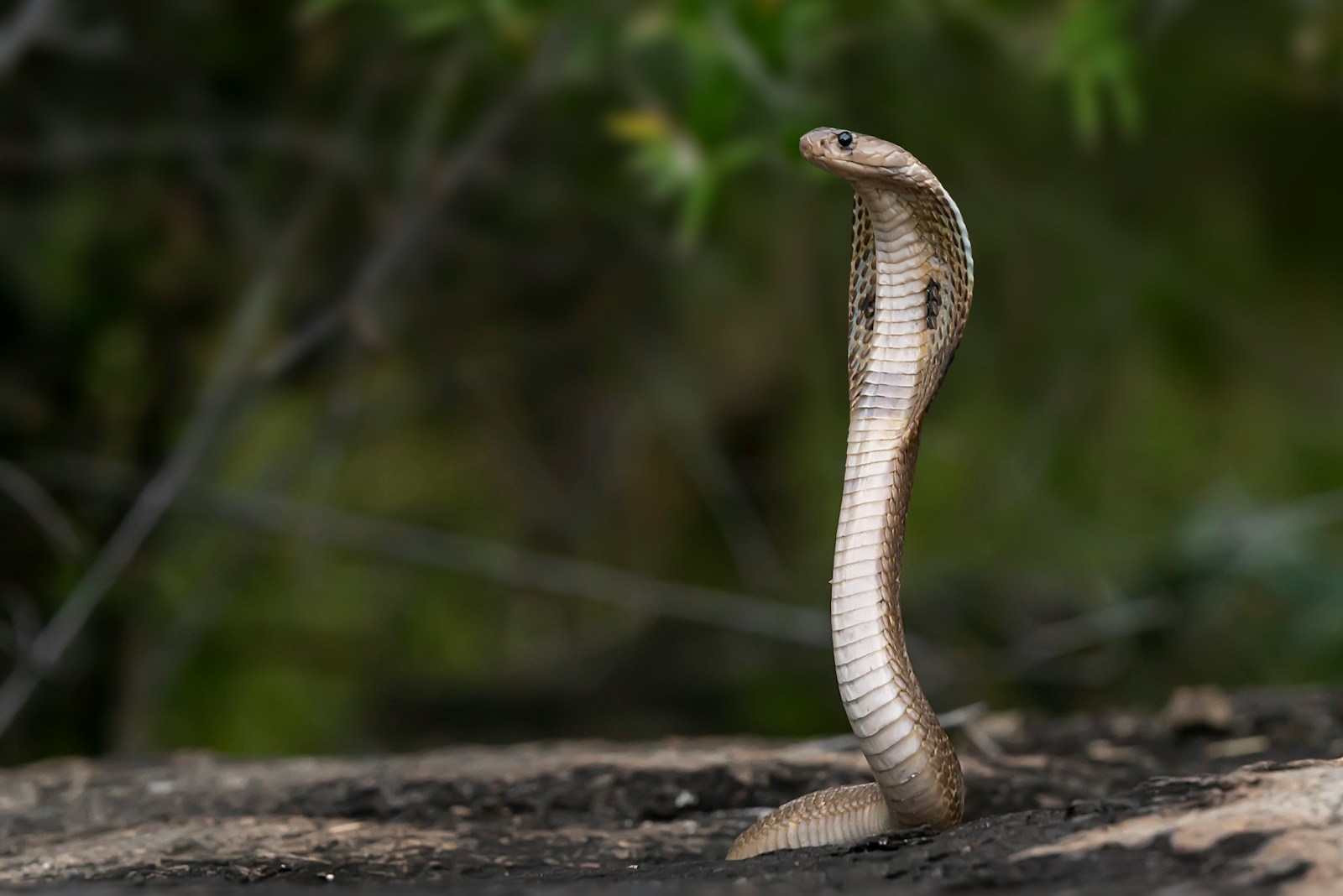
Learning to read the subtle body language of a relaxed snake enhances not only your safety around these fascinating reptiles but also your ability to provide appropriate care and build a trusting relationship with pet snakes. By observing loose body posture, calm movements, regular breathing, and other relaxation signals, you’ll develop an intuitive understanding of your snake’s emotional state. Remember that these signs vary somewhat between species and individuals, so the most valuable tool in your observation kit is familiarity with your specific snake’s normal behavior patterns. With practice and patience, you’ll become fluent in the quiet language of snake contentment, allowing for more rewarding interactions with these remarkable creatures.

